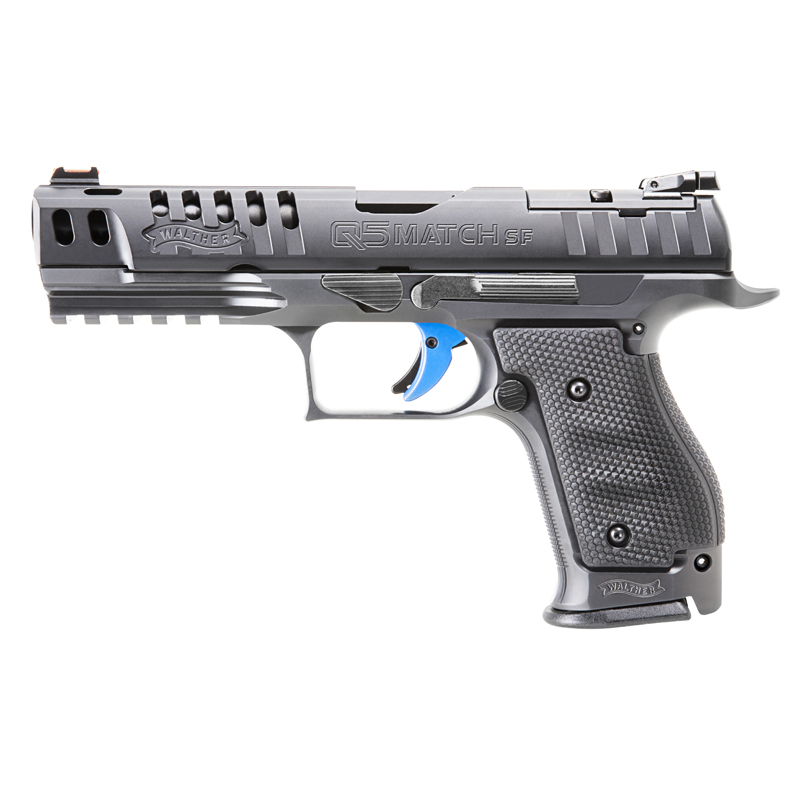Last week’s call for laptop names was premature, happily. A replacement battery and some marring on the chassis from my jimmying screwdrivers later, and we’re back in action.
Defense
- France, not satisfied with the FREMM, is building another quality frigate – “Hon hon, let us show up les Americains again!”
- Older F-35Bs may not last beyond 2025 – That seems like a bit of a problem. The Drive reports they’re running into problems after around 1500 flight hours, with an estimated total life of about 2,100 hours. That is not great.
- Two more Fords coming – The carriers, not the automobiles. Buying two at once saves a few billion dollars, and is also a huge thumbed nose to China. “We aren’t even feeling very competitive yet, and we’re still building two at once.”
- Sending the Navy into the Arctic for FONOPS is dangerous – Not because of a lack of ice-melting gear on the ships themselves, but because of a lack of icebreakers. A trip whose purpose is to annoy Russia (and Canada, don’t forget) which risks getting a ship stuck in ice and then requires Russian or Canadian assistance is a bad investment.
- James Holmes: does the Navy really need to worry about fleet size? – In which we are reminded that hull count is a terrible measure, given that a 4000-ton LCS is basically useless but a 200-ton catamaran with a bunch of missiles on it is not. James Holmes, a perennial favorite here, is writing a book called A Brief Guide to Naval Strategy, due out in November. That’s going to be a day 1 buy for at least one of us.
- Rhodesian mine ambush protected vehicles – A Weaponsman classic.
- Germany’s putting Trophy APS on Leopard IIs – Parvusimperator’s current tank and active protection system preferences, all in a handy package.
- USAF light attack testing program stalls – What the Soviets call frontal aviation really should be an Army concern.
- Navy’s ‘Magic Carpet’ system makes carrier landings much easier – To the point where a reporter could pull them off (in a simulator, of course). That’s something else.
- China aiming to build four nuclear carriers – I, for one, welcome the 21st-century naval arms race to come.
Guns
- Forgotten Weapons on the Colt CK901 – It’s an AR-15-pattern rifle in 7.62×39, designed for the Yemeni military. It has some nifty features you don’t find in presently-available 7.62×39 ARs. I could see myself buying one, if they ever release it for the American shooting public.
Technology
- Oracle continues comic book supervillainy – By auditing Java users and attempting to wring license fees out of them for uses in violation of terms.
- Do e-cigarettes help people quit smoking? – They help people quit smoking cigarettes, at any rate. I suspect they are not so good at helping people quit vaping.
- A brewing Bitcoin scam? – QuadrigaCX is a Canadian cryptocurrency exchange whose founder recently died. The sub-bullets following are wild conspiracy-theorizing, based in part on the article above.
- Gerry Cotten, the deceased, is claimed to have died in India of Crohn’s disease. He is Canadian, however, and lived in Canada. Crohn’s is not generally a fatal condition except in severe, poorly-managed cases. Severe-unto-death cases make long airline flights unlikely, for reasons of lavatory availability.
- According to the blog post above, Quadriga’s story (that much of the exchange’s crypto reserves were in an offline wallet on an encrypted laptop) doesn’t jive with known transactions. Quadriga was paying withdrawals with new deposits, and a large amount of Bitcoin left Quadriga’s known online wallets by way of another exchange.
- If I were looking to con a bunch of people and run away somewhere, a destination like India, where English is widely spoken, a life of luxury is readily and cheaply available, and local officials are not entirely above bribery, would be high on my list. So also would a cryptocurrency exchange be high on my list of methods.

